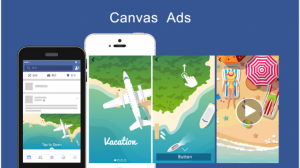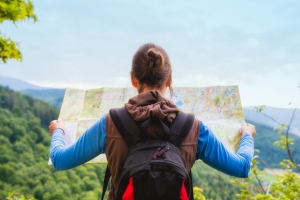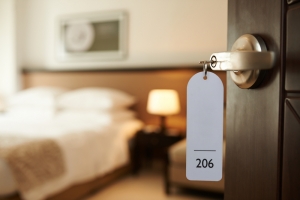If you are in the travel industry, your ad messaging is the key to your success for getting your Google Ads to convert. Your messaging is what helps you stand apart from your competition.
However, have you ever thought about how your ad messaging should differ between someone who is already on location vs. someone who is not at the destination yet?
Non-Location Ad Messaging
While ad messaging is always important, you should target potential customers differently depending on what’s most likely to resonate with them.
When someone is not on location, they are, more often than not, users in more of a research phase – they’re planning for a future trip or scouting out weekend activities. This is not always the case, but someone who is on location has much more intent to purchase – they’re looking for something to do right now (or at least in the near future).
When writing ad copy for someone not at the current destination, it is good to use visualizing keywords to try and get the user to imagine what they will experience if they choose you. If you run a tour, use words like “experience,” “amazing views,” “breathtaking,” and “spectacular sights.” These words will help the user get excited and help them visualize what they will experience.
On Location Ad Messaging
When it comes to creating ad copy for someone on location, it may not make sense to use visualizing ad copy.
These users are already in paradise; they may not need to be reminded about how beautiful the place is that they are already visiting. Instead, try and use promotions that you offer (e.g., 10% off when you book).
You want to include any type of deal you offer in the Headline 1 or 2 of your ad. This will ensure users see it. Remember: these users have a higher intent to purchase because they are already there.
In the ad example below, we have a zipline tour where the promotion is included the Headline 2. This ad saw a conversion rate of 5.88% compared to the average conversion rate of 2.78%. Now Example B still includes the promotion, but you can see which ad the promotion stands out more.
 Example A
Example A Example B
Example BIf you do not run promotions, that’s okay. Try and use ad copy that will create a sense of urgency. Using phrases like “tours fill fast” or “don’t wait, book now” can really help push someone over the edge and help them make their decision
Conclusion
While there will always be exceptions to every rule, if you use this method or differing ad messaging for someone who is on location vs non-location users, you will hopefully see an increase in leads/conversions, as well as an increase in your conversion rate.





















